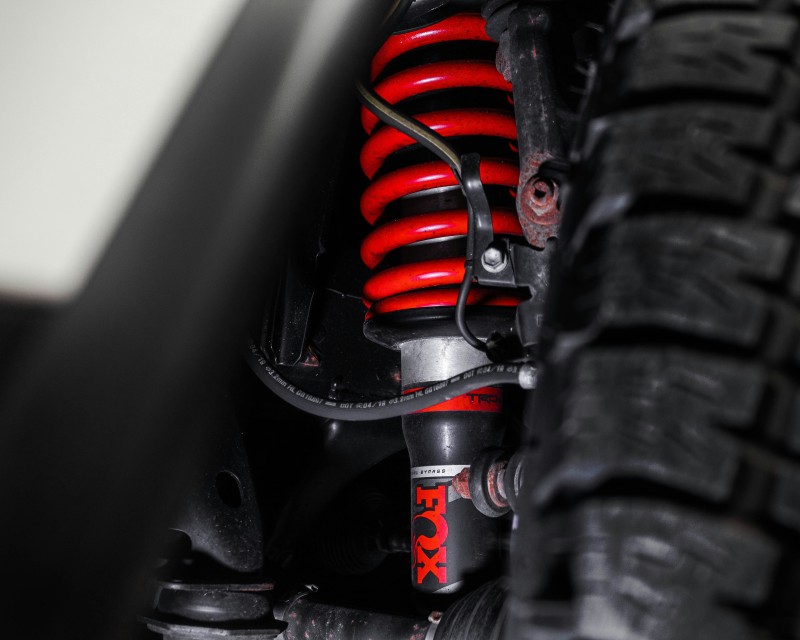
How to Improve Suspension Comfort in Peugeot Cars?
Introduction: The Heart of Ride ComfortThe suspension system sits at the core of every Peugeot’s ride quality. A well-tuned suspension not only absorbs bumps but also affects steering feel, braking and stability. Here’s how to keep it at its best. 1. Choose the Right TiresTires are the first line of suspension. Higher sidewalls and softer compounds absorb impacts better, though overly soft setups can dull steering feedback. Always follow manufacturer-recommended sizes for balanced comfort and control. 2. Check Tire PressureIncorrect pressure alters load distribution. Low PSI wears shoulders and hurts efficiency; high PSI transmits bumps. Stick to factory values listed on the door label and check weekly. 3. Shock Absorber HealthWorn shocks reduce damping and extend braking distance. Look for oil leaks or bouncing after bumps — signs it’s time for replacement. Quality dampers extend both comfort and tire life. 4. Bushings and Suspension ArmsRubber bushings stiffen with age, transferring vibration into the cabin. Inspect them at service intervals and always use OEM replacements for optimal comfort. 5. Weight Balance and LoadCarrying heavy cargo constantly alters rear geometry. Remove unnecessary weight and maintain balanced load. A partially full tank (around 70%) can also help equilibrium. 6. Driving Style and Slowdown HabitsSpeed multiplies every impact. Brake smoothly before bumps instead of at the last second. In daily use, prefer Normal or Eco mode; Sport mode’s stiffness is best kept for highways. 7. Extra Tips for Quietness- Opt for acoustic-foam tires (e.g., Michelin Acoustic).
- Rebalance wheels every 10,000 km.
- Inspect door seals and cabin insulation periodically.
Conclusion: Small Adjustments, Big ComfortPeugeot’s suspension systems are engineered for balance between comfort and control. Regular checks on tires, dampers and bushings preserve that harmony — ensuring a smoother, safer, more pleasant drive every day. |